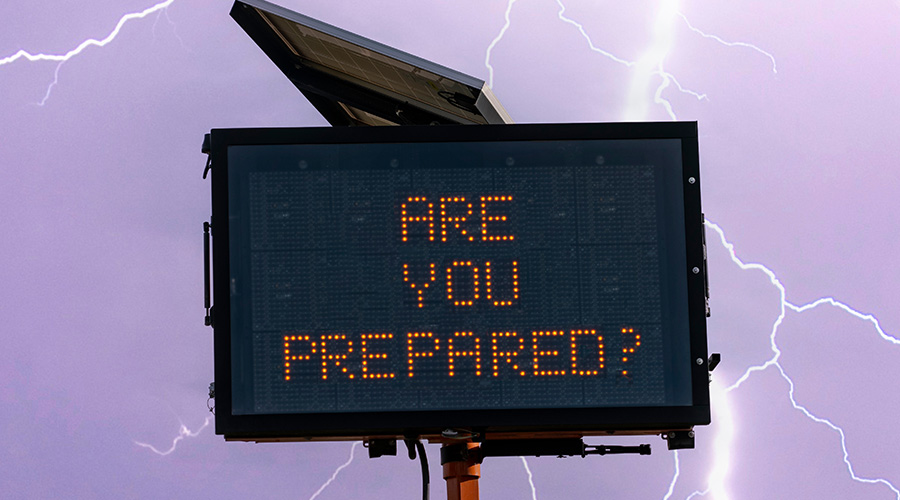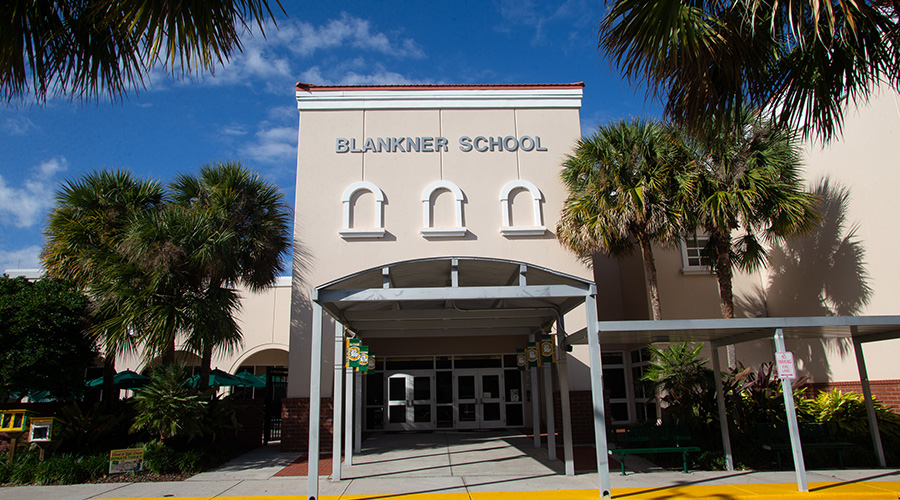Disaster Preparedness: Build Relationships with Vendors
When Katrina continued to pummel New Orleans and fuel became scarce, Walker had been concerned about securing a fuel supply for Ochsner’s generators. To ensure supplies arrive when disaster strikes, managers need to have a tight relationship with vendors. Walker now is very close with his fuel vendor, but the relationship was not as strong during Katrina. The vendor did manage to provide fuel, but it taught Walker a lesson about building trust with vendors to ensure supplies arrive when demand hits.
“It can’t be a paperwork deal, either, where purchasing calls somebody up, does a (purchasing order) and there’s no face to face,” Walker says. “You need to know that owner of the food warehouse personally, and he needs to know you are going to take care of him and his people with a safe place, free food and room and board, and then you get access to all his food.”
Norris Yarbrough, Ochsner’s assistant vice president of emergency preparedness, security and safety, outlines five elements of a comprehensive disaster-preparedness plan, which includes knowing vendors. First, managers must define the administration’s role in emergency preparedness. Second, they must assess their facilities’ ability to withstand the storm. Third, they need to evaluate utilities. And right before the fifth element — assessing personnel — they must develop a strong relationship with vendors.
“You’ve got the building hardened, (and) you’ve got your utilities,” Yarbrough says. “Now, what do you need in your plan to define the agreements with the vendors to keep it running?”
All the managers at Ochsner who dealt with Katrina gained a unique perspective on disaster planning. They applied the lessons learned from Hurricane Katrina to Hurricane Gustav and will continue to fine-tune their disaster plans for future storms. A disaster such as Katrina reminds facility professionals of the importance of emergency planning and its role in keeping operations running smoothly and occupants safe.
Says Klein, “In this area, geographically speaking, we take storms very seriously. It’s become the number-one disaster that’s on our radar screen.”
Related Topics:
















